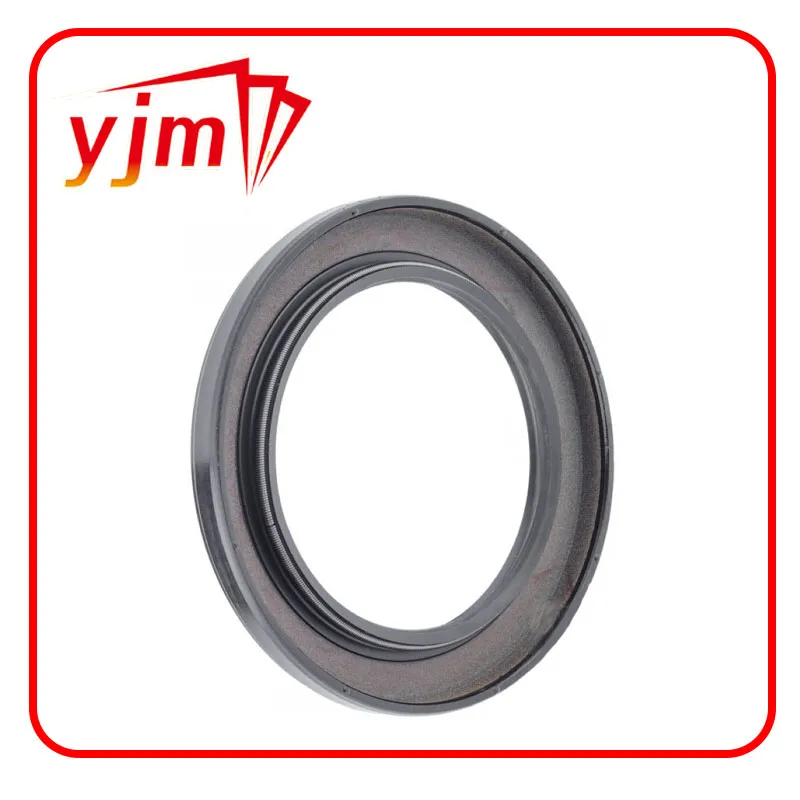self centering bonded seal
Self-Centering Bonded Seals Enhancing Reliability and Efficiency in Sealing Technology
In a world where reliability and efficiency are paramount, particularly in industries such as aerospace, automotive, and oil and gas, the development of innovative sealing solutions is crucial. One such advancement is the self-centering bonded seal, a technology that promises to enhance the performance and lifespan of connections in mechanical systems.
What is a Self-Centering Bonded Seal?
A self-centering bonded seal is a sealing device that combines the principles of mechanical sealing and adhesive bonding. This technology is designed to prevent leaks and maintain integrity in joints where different materials meet or where pressure differentials are present. The unique feature of self-centering means that the seal is automatically positioned in the correct alignment during assembly, which is critical for ensuring optimal sealing performance.
Typically, these seals consist of a rubber sealing element bonded to a metal washer. The rubber offers excellent compressibility and the ability to conform to the surface irregularities of the mating parts, while the metal provides structural support and allows for precise torque application. This combination results in a highly effective seal that minimizes the risk of leaks under varying operational conditions.
Advantages of Self-Centering Bonded Seals
1. Improved Alignment The self-centering feature minimizes the potential for misalignment during assembly, which is a common issue with traditional sealing solutions. Proper alignment means more consistent sealing pressure, helping to reduce the likelihood of leaks.
2. Enhanced Longevity Because of their robust design, self-centering bonded seals exhibit a longer service life than conventional seals. The bonding process locks the rubber and metal components together, reducing the risk of separation that can lead to seal failure.
self centering bonded seal

3. Versatile Application These seals are particularly effective in applications where there are significant temperature swings or fluctuating pressures. The materials used in their construction can typically withstand a wide range of environmental conditions, making them suitable for use in various industries.
4. Reduced Installation Time The self-centering feature allows for easier and faster installation. Technicians can achieve the correct positioning without additional tools or methods, reducing the labor time required and increasing overall productivity.
5. Cost-Effectiveness Although the initial investment for self-centering bonded seals may be higher than traditional sealing solutions, their longevity and reliability can result in substantial cost savings over time. Fewer maintenance interventions and reduced risk of leaks translate into lower operational costs.
Applications of Self-Centering Bonded Seals
Self-centering bonded seals can be found in a variety of applications. In the automotive industry, they are often used in exhaust systems, fuel lines, and brake components where high pressure and temperature are common. In aerospace, they ensure the security of critical components, preventing leaks in fuel systems and hydraulic circuits. Additionally, they are invaluable in oil and gas applications, where preventing leaks is essential for safety and compliance with environmental regulations.
Conclusion
The advent of self-centering bonded seals marks a significant improvement in sealing technology. With their ability to enhance alignment, prolong service life, and reduce installation time while maintaining cost-effectiveness, these seals represent a practical solution to the challenges faced in various high-demand industries. As technology continues to evolve, we can expect that innovations like self-centering bonded seals will play an integral role in optimizing performance and maintaining the integrity of mechanical systems across diverse applications. Embracing such advancements will undoubtedly lead to safer, more efficient operations in the many sectors that rely on reliable sealing solutions.
-
Understanding the Front Main Engine Seal: Purpose, Maintenance, and Installation
News Jul.29,2025
-
Understanding O-Rings and Seal Rings: Types, Applications, and Custom Solutions
News Jul.29,2025
-
Understanding Crankshaft Oil Seals: Rear Seals, Pulley Seals, and Their Role in Engine Integrity
News Jul.29,2025
-
The Importance of Front and Rear Crankshaft Seals in Engine Performance and Oil Management
News Jul.29,2025
-
Crank Oil Seals: Functions, Types, and Cost Considerations in Engine Maintenance
News Jul.29,2025
-
A Comprehensive Guide to O-Rings and Seals: Types, Materials, and Global Applications
News Jul.29,2025
-
Mastering Diesel and Performance Engine Maintenance: A Guide to Critical Oil Gaskets
News Jul.28,2025
Products categories















